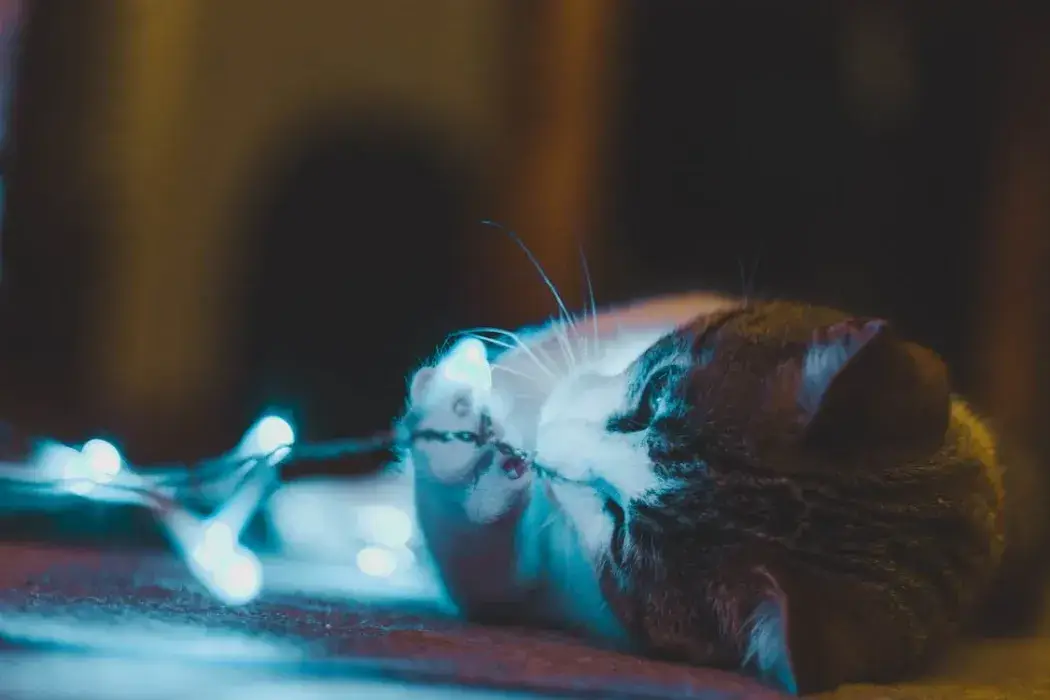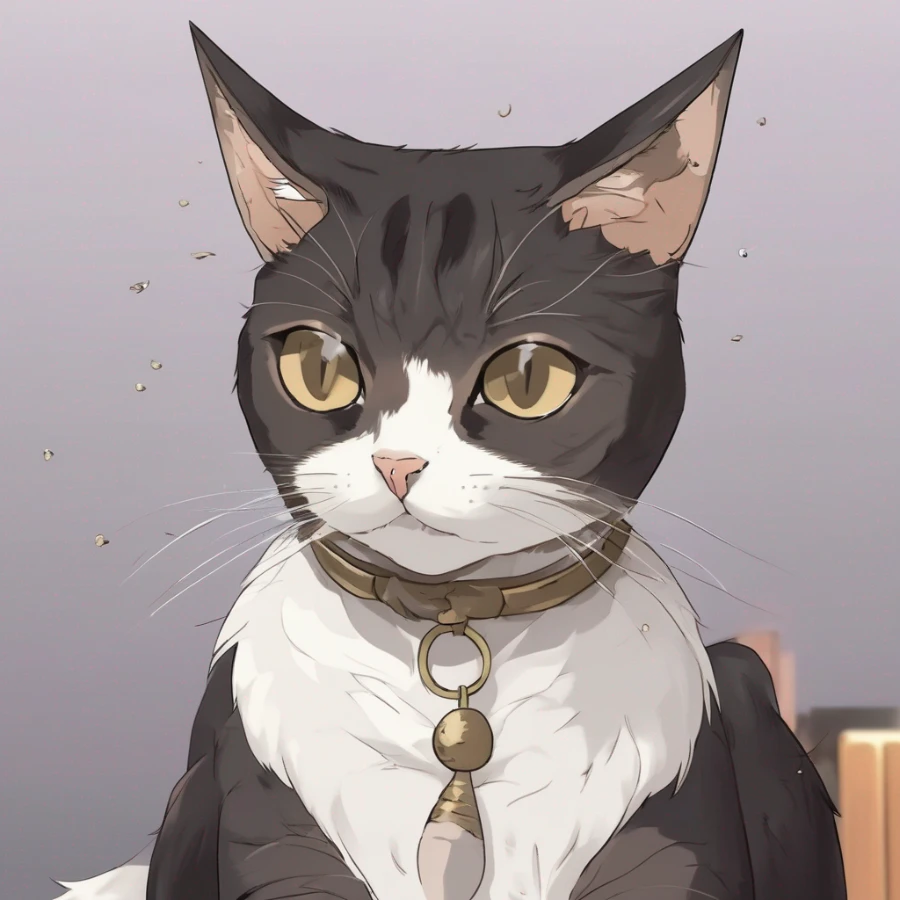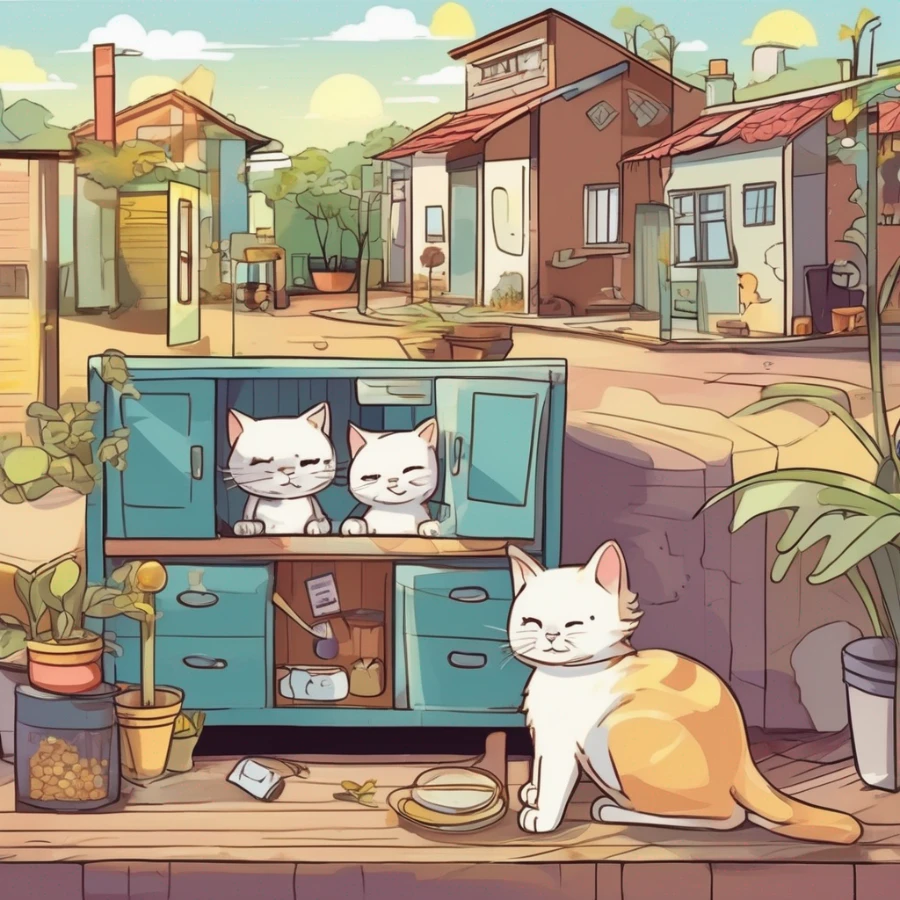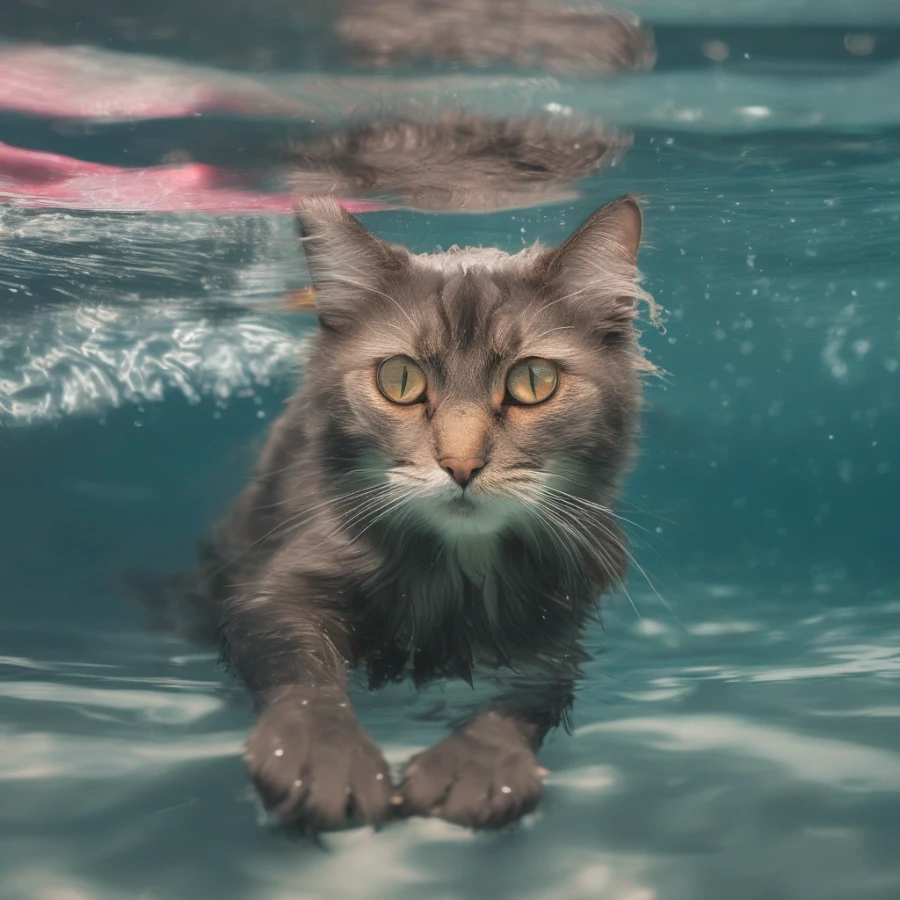Why Do Cats Like String

Published by: CatsLib
3 Min Read
Movement: Cats are predators by nature, and their instinctive hunting behaviors are triggered by movement. String that is wiggling, dangling, or being dragged across the floor mimics the movements of potential prey, which can trigger a cat's hunting instincts.
Size and Shape: String or yarn often resembles the shape and size of small prey animals like insects or rodents. Cats are more likely to be attracted to objects that mimic the size and shape of their natural prey.
Chasing and Pouncing: Cats enjoy chasing and pouncing on moving objects, which is a key part of their play and hunting behaviors. String provides an opportunity for them to engage in these activities, satisfying their need for mental and physical stimulation.
Tactile Stimulation: Cats are also tactile creatures, and they enjoy the sensation of grasping and batting at objects with their paws. String allows them to engage in these actions, providing sensory stimulation.
Exploration: Cats are curious animals, and string can stimulate their curiosity as it moves and rustles. This can lead to investigative behaviors as they try to figure out what the string is and how to interact with it.
Interactive Play: String toys can be used for interactive play between cats and their human companions. This strengthens the bond between the cat and their owner while also providing mental and physical exercise for the cat.
Environmental Enrichment: String toys can offer environmental enrichment for indoor cats. Keeping them mentally engaged and providing outlets for their natural behaviors helps prevent boredom and related behavior issues.
It's important to note that while playing with string-like toys can be a lot of fun for cats, safety should always be a priority. Never let your cat play with string unsupervised, as they might accidentally ingest it, which can lead to serious health issues like intestinal blockages. Instead, opt for toys that are designed specifically for cats and are safe for them to play with under supervision.
Why Do Cats Like to Play With String
Cats' fondness for playing with string stems from their deep-seated instincts and evolutionary heritage. The string's tantalizing movement and unpredictable behavior evoke the natural prey animals they would have hunted in the wild. These movements trigger a primal response, encouraging cats to engage in their instinctive hunting rituals—stalking, pouncing, and capturing. Beyond mere movement, the texture of the string is an enticing sensory experience, inviting them to explore and manipulate it with their delicate paws.
This form of play also satisfies their curiosity. Cats are born explorers, and the string's unpredictable movements and rustling sounds awaken their investigative nature. This interactive engagement not only entertains them but also provides mental stimulation that's crucial for their well-being, particularly when living indoors.
Furthermore, playing with string fosters a unique bond between cats and their human companions. Participating in the play as a "prey provider" connects owners with their pets on a deeper level. This shared activity enhances the human-animal relationship and can alleviate any stress or anxiety the cat might be experiencing.
Yet, while string play offers numerous benefits, it's essential to be vigilant about safety. Supervision is vital to prevent accidental ingestion, which can lead to serious health problems. To strike a perfect balance between enjoyment and safety, choose toys specifically designed for cats, ensuring a fulfilling and secure playtime experience.

Why Is My Cat Eating String
Cats eating string or other linear objects is a behavior known as "pica," which involves the consumption of non-food items. While the exact reasons for this behavior can vary, there are several potential explanations:
Play Behavior: Cats often interact with objects using their mouths, and sometimes they might chew or bite on string out of curiosity or playfulness. This can lead to accidentally swallowing the string.
Hunting Instincts: Cats might associate string with the movement of prey animals, triggering their hunting instincts. In some cases, they might try to "catch" and ingest the string, mistaking it for prey.
Sensory Stimulation: The texture of string can be appealing to cats' sensitive mouths, providing them with tactile stimulation.
Boredom or Anxiety: Cats can engage in pica behaviors when they are bored, anxious, or stressed. Chewing or eating objects like string might be a way for them to alleviate their feelings.
Dental Issues: Cats with dental problems might be more prone to chewing on objects as a way to relieve discomfort.
Nutritional Deficiency: Some experts suggest that certain nutritional deficiencies could contribute to pica behaviors. If a cat isn't getting the necessary nutrients from its diet, it might seek out non-food items.
Regardless of the reason, ingesting string or other linear objects can be extremely dangerous for cats. Strings, threads, or similar items can lead to serious health issues such as intestinal blockages. If a cat swallows a string, it can become lodged in their digestive tract and cause life-threatening complications.
If you suspect that your cat has eaten string or any non-food item, it's important to seek veterinary attention immediately. Your veterinarian can assess the situation, perform any necessary diagnostic tests, and recommend appropriate treatment, which might involve surgery to remove the ingested object.
To prevent this behavior, it's essential to keep string and other linear objects out of your cat's reach. Provide them with safe and appropriate toys to satisfy their play and exploration needs. If you notice your cat repeatedly engaging in pica behaviors, it's a good idea to consult with your veterinarian to rule out any underlying medical or behavioral issues.



